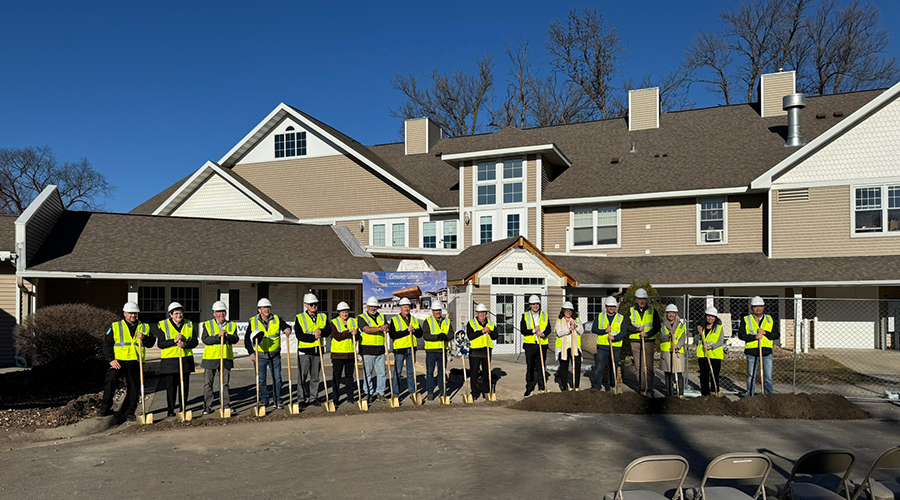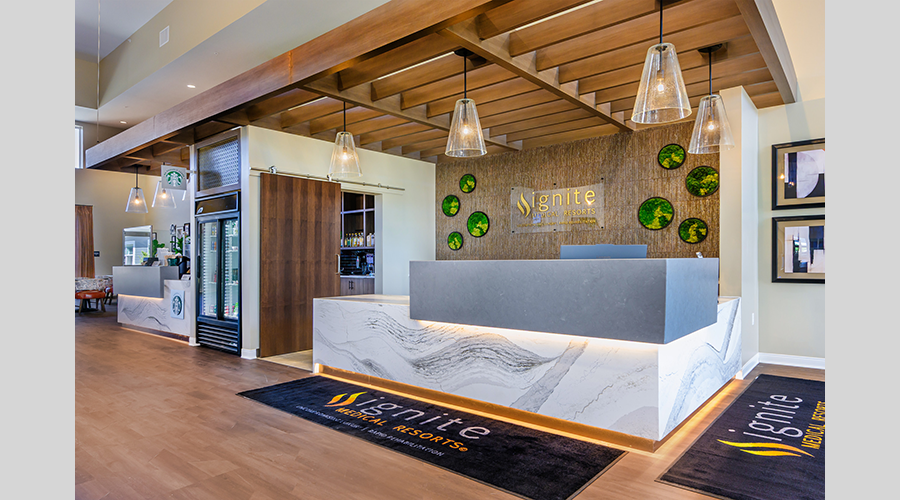Healthcare facilities managers constantly search for ways their operations can minimize their impact on the environment as they fight against climate change. To help managers achieve their goals, the Centers for Medicare & Medicaid Services (CMS) recently introduced a program that aims to help managers understand their facilities’ environmental impact.
The CMS Innovation Center addresses the impact of healthcare facilities on climate change by starting a program called the Decarbonization and Resilience Initiative, according to a press release. This program asks hospitals to voluntarily track the amount of carbon their facilities emit. The program also helps managers look at the way emissions affect health, costs and quality of care. It is part of a bigger plan called the Transforming Episode Accountability Model. If the program receives approval, it will begin Jan. 1, 2026.
This program is the first time the U.S. Department of Health and Human Services would gather data on greenhouse gas emissions from health care facilities. The program also is the first model from the CMS Innovation Center that focuses on reducing carbon emissions and preparing for climate change. They might include similar activities in other models in the future.
Participants would report metrics in four primary areas:
- organizational
- building energy
- anesthetic gas
- transportation.
Related: Strategies for Decarbonizing Healthcare
Healthcare facilities contribute 4.4 to 4.6 percent of worldwide greenhouse gas emissions and similar amounts of toxic air pollutants, mainly coming from fossil fuel combustion, according to a Health Affairs study.
Healthcare facility managers looking to maximize the decarbonization of their buildings can take four steps, according to the National Academy of Medicine:
- Establish an executive level sustainability group with representation from operational and clinical fronts.
- Perform a greenhouse gas inventory with a goal of whole organization accounting.
- Outline specific decarbonization goals, such as 50 percent reduction by 2030 and net zero by 2050.
- Develop a plan to implement these decarbonization goals with milestones and deliverables to monitor progress.
Jeff Wardon, Jr. is the assistant editor for the facilities market.

 AI Usage for Healthcare Facilities
AI Usage for Healthcare Facilities Ground Broken on Pelican Valley Senior Living Modernization Project
Ground Broken on Pelican Valley Senior Living Modernization Project All-Electric UCI Health – Irvine Hospital Set to Open
All-Electric UCI Health – Irvine Hospital Set to Open The Rising Strategic Value of Owner's Reps in Healthcare
The Rising Strategic Value of Owner's Reps in Healthcare Lawrence Group Designs Pair of Ignite Medical Resorts in Missouri
Lawrence Group Designs Pair of Ignite Medical Resorts in Missouri